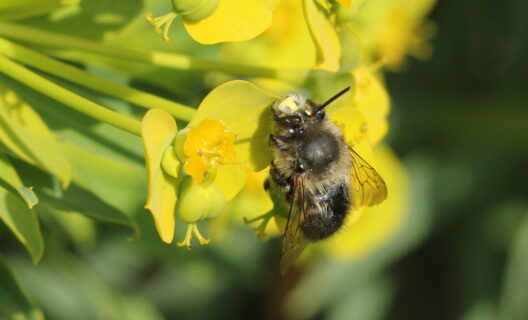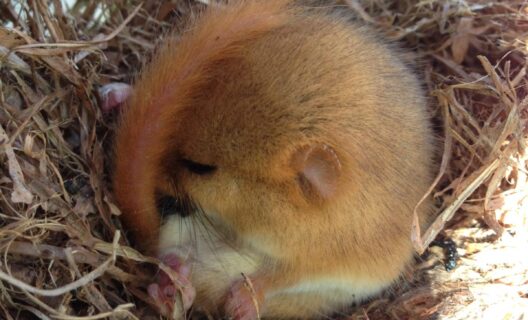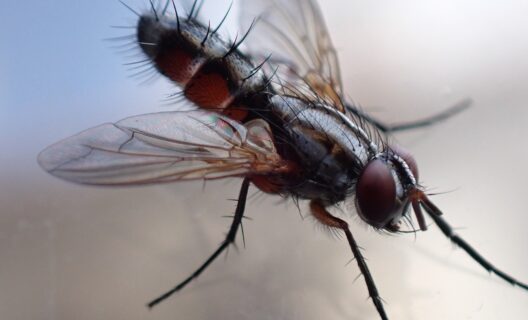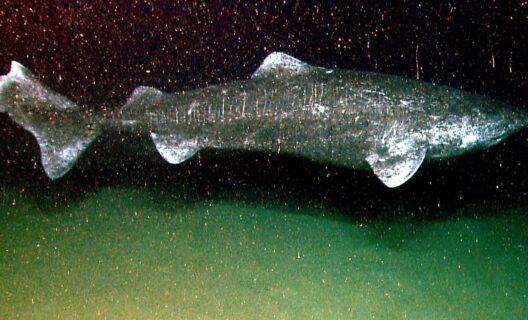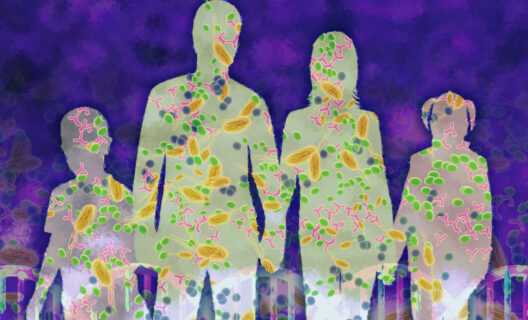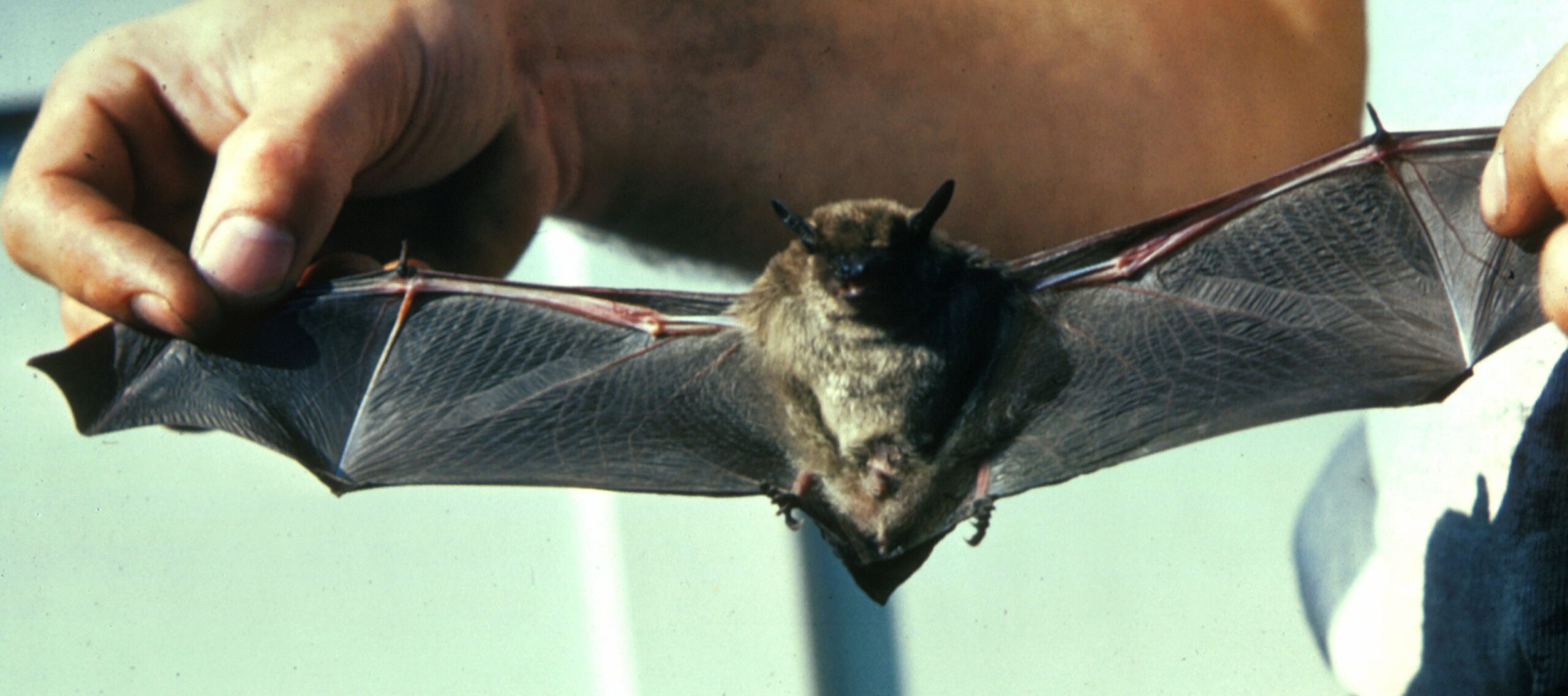

Reading time
0 min
US research proposes new link between animals, pesticides and infant deaths
According to a University of Chicago study, biodiversity loss can have serious economic and health consequences. The case under consideration starts with an analysis of the decline of insectivorous bats in the United States. These animals provide a valuable ecosystem service: they feed on large numbers of insects, many of which are harmful to crops. Since 2006, insectivorous bat populations in North America have declined dramatically, with mortality rates exceeding 70 percent.
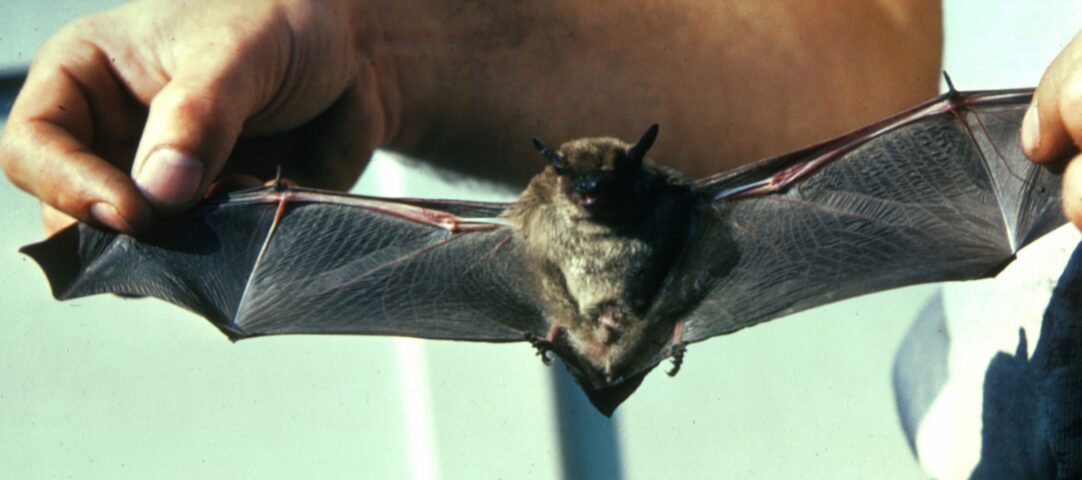
""
White nose syndrome
The cause is WNS ( White-Nose Syndrome), an invasive fungal disease that creates a bloom of white scales around the bats’ noses (hence the name). The main threat of WNS is premature awakening from hibernation: waking as early as during the winter season, these flying mammals have to cope with an increased need for calories to cope with low temperatures and scarce available food resources. Most of them (between 30% and 99%, with an average of 73%) do not survive the winter.
""
An unexpected chain reaction
In U.S. counties affected by WNS, to compensate for the loss of biological pest control provided by bats, farmers have increased pesticide use by 31.1 percent.
This has led to both economic and health consequences.
On the economic front, despite the increase in insecticide use, farmers in WNS-affected counties experienced a 28.9 percent decline in revenues due to lower crop quality, suggesting that the control provided by chemicals is qualitatively inferior to that provided by bats. Between 2006 and 2014, the research authors estimate total agricultural losses at around $26.9 billion.
On the health front, the study proposes a direct correlation between pesticide use and infant mortality. Over the period 2006-2017, due to the penetration of these substances into groundwater and air, and the consequent increase in environmental pollution, deaths are estimated to have risen by 7.9 percent, amounting to 1334 early childhood deaths.
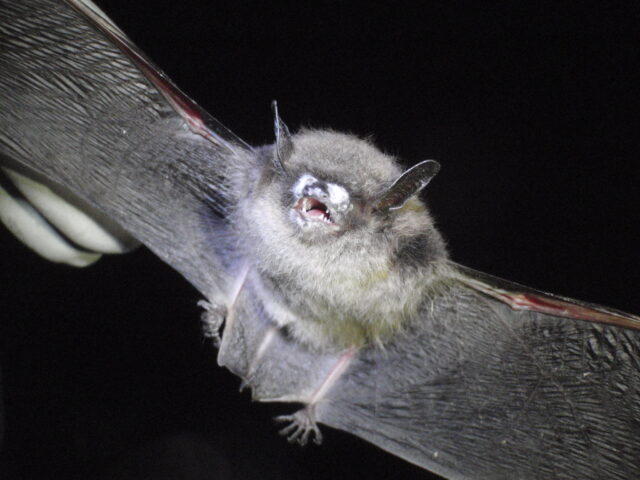
""
Researchers’ proposals
In addition to stressing the need for better monitoring of pesticide pollution levels and stricter regulation of their use to mitigate risks to human health and the environment, the scientists emphasize the importance of developing strategies for bat conservation and monitoring to counter threats that endanger bats.
Sources
- The strange link between declining bat numbers and rising infant mortality in the United States
- The astonishing link between bats and the deaths of human babies
- The economic impacts of ecosystem disruptions: Costs from substituting biological pest control
- White-nose syndrome vaccine update and research on host protection mechanisms
The journey goes on
Every story paves the way for the next: discover where biodiversity takes you




